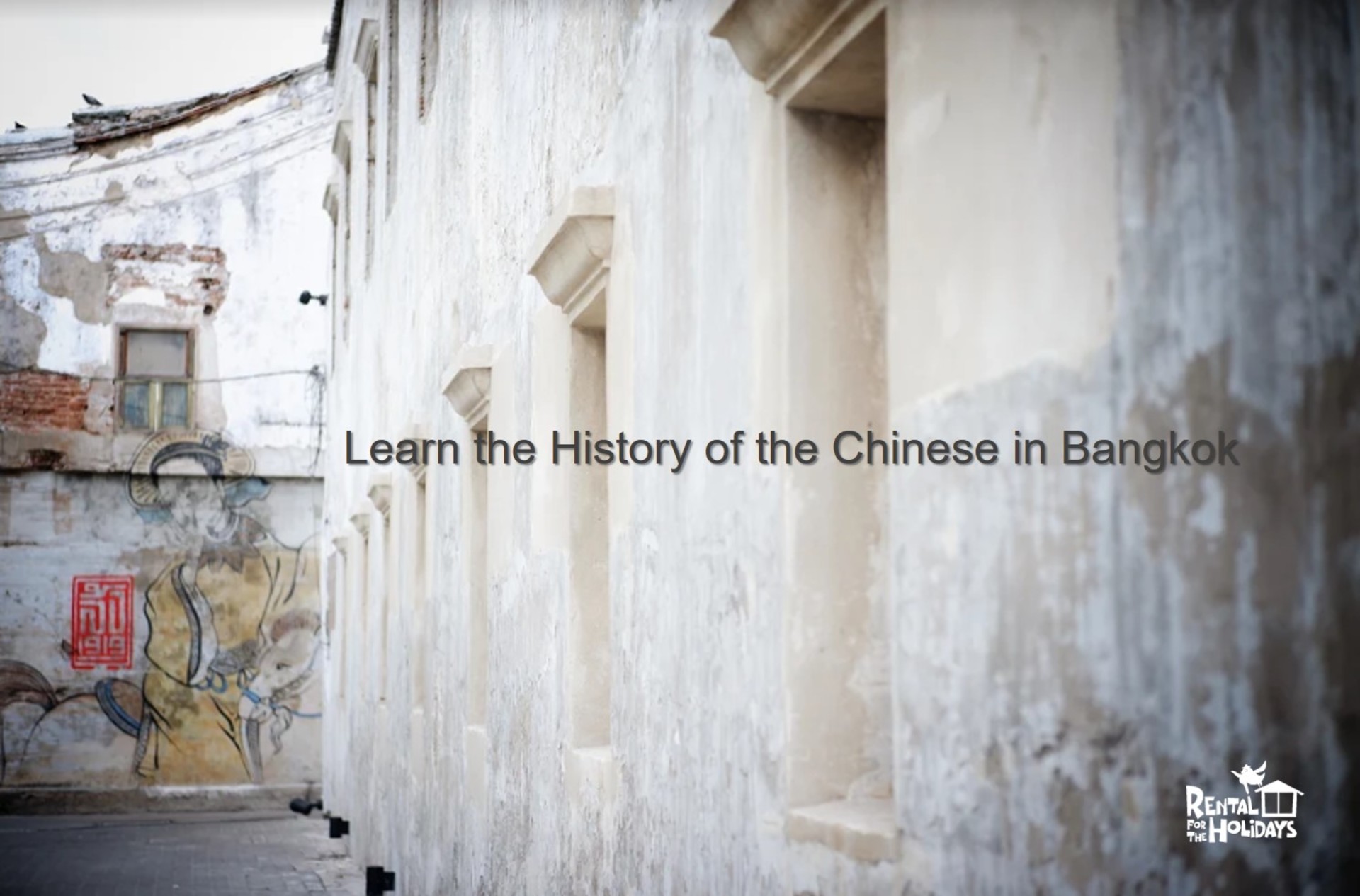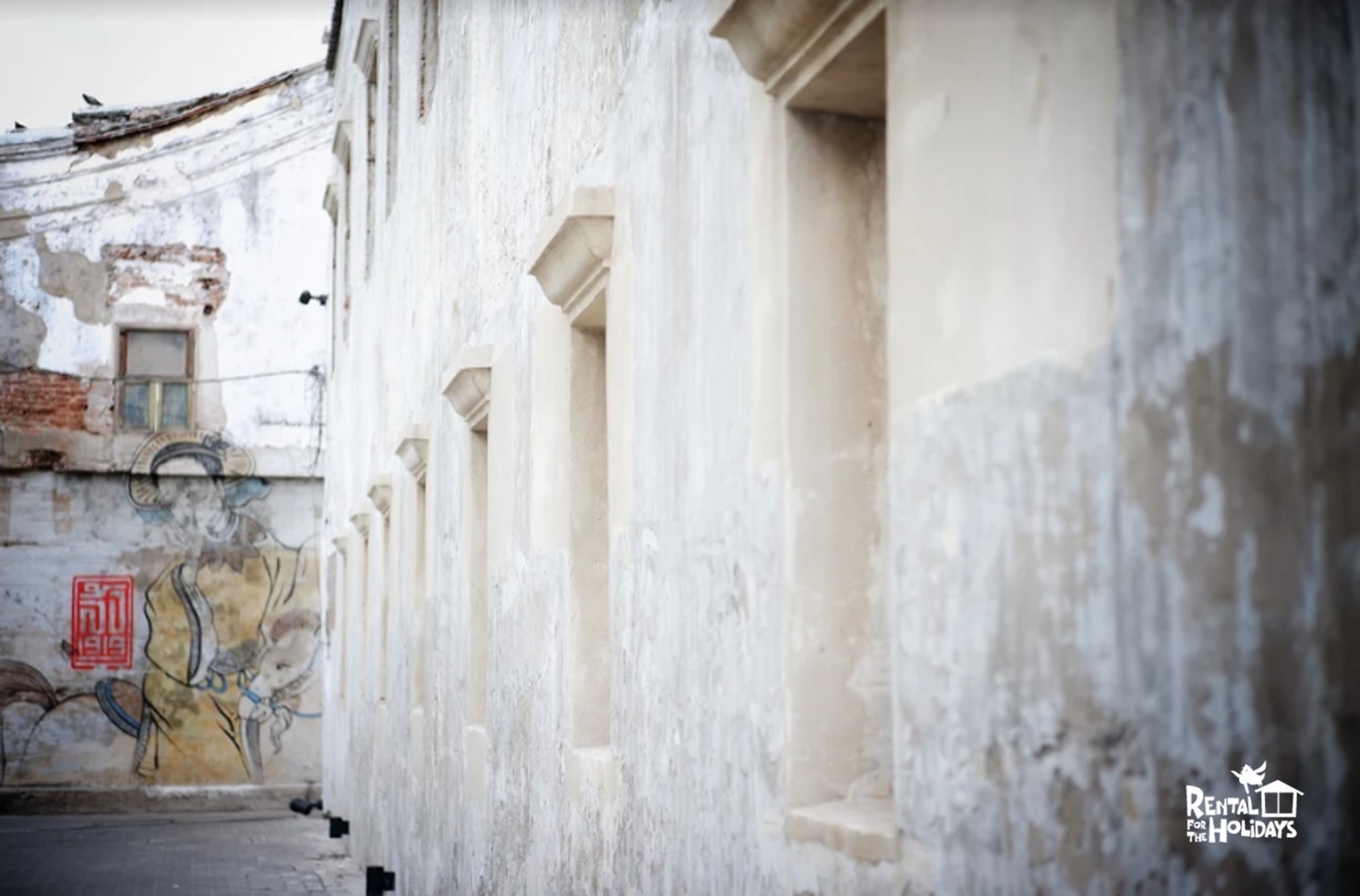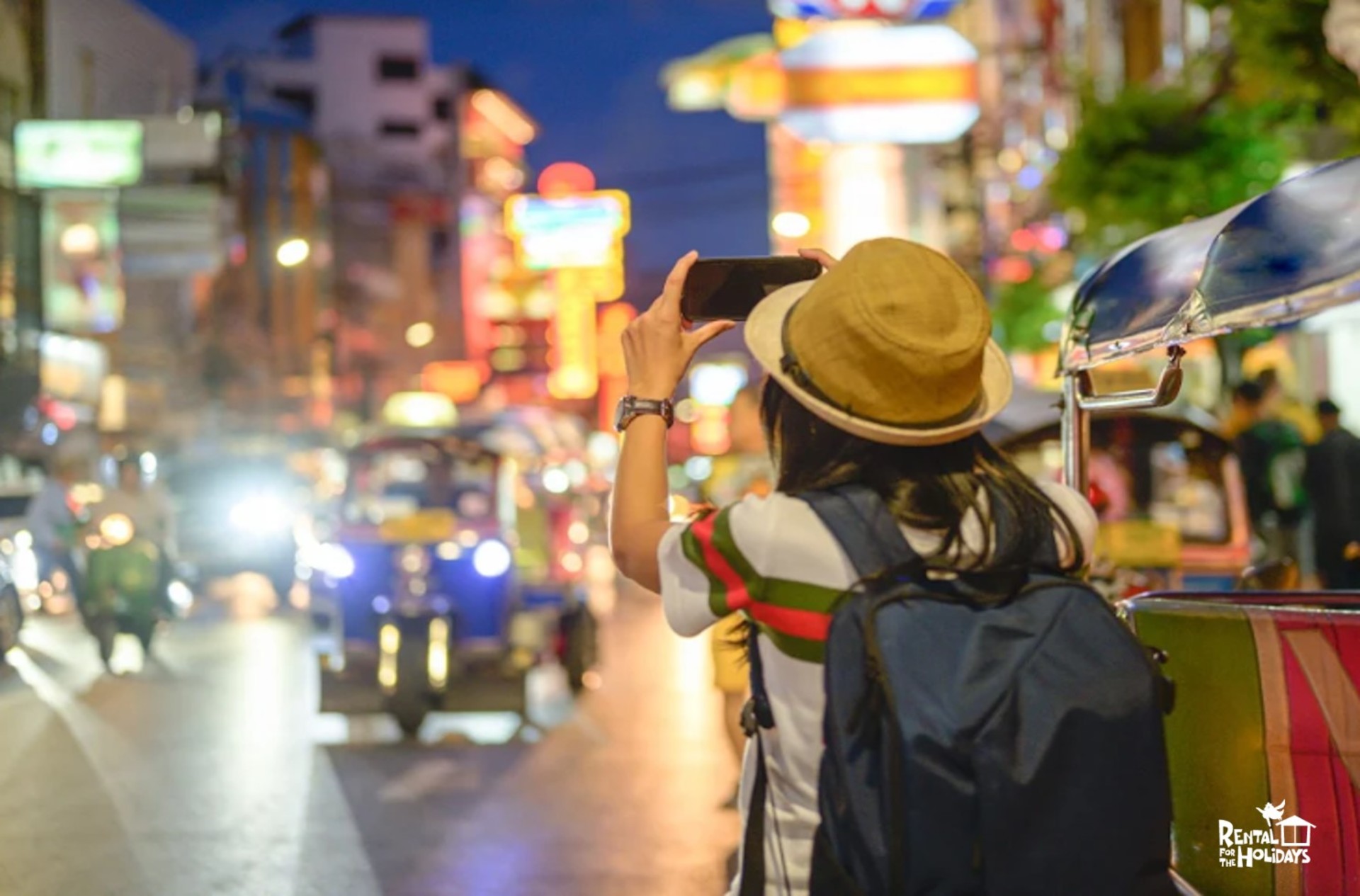Learn the History of the Chinese in Bangkok
January 15, 2020.
Tags: Bangkok, Travel

Chinese immigrants have a long history in Thailand. Throughout Thailand’s history, they have been primarily involved in the merchant trade. Since the early 20th century, the centre of the merchant trade in Thailand, was, of course, Bangkok.
The Chinese immigrants would buy the goods arriving from across the oceans on ships. They would sell these goods in shops all across Bangkok. Other Chinese immigrants would load the products onto smaller boats and take them out along the canals that crisscrossed the central region of Thailand to sell to the people inhabiting the towns and villages along the waterways.
In this way, they had a positive impact on the financial development of Thailand. They also had an impact on the social development of the country. They married the Thais and raised Sino-Siamese families that today have become some of the wealthiest and most powerful families in the country.
They left their mark on Thailand in a physical sense as well and established the Yaowarat, or Chinatown, section of the city as well as numerous beautiful estates and buildings around the city that reflect the architectural styles of their homeland.
Tour the Legacy of Chinese Immigrants in Bangkok
There are four properties in particular around the Chao Phraya River in Bangkok that offer a glimpse into the past heyday of Chinese merchants in Bangkok. They consist of two ancient mansions, a temple, and a museum where you can learn about the story of these immigrants who did so much for the development of Thailand.
Lhong 1919
Lhong 1919 began life as a shipping port on the Chao Phraya River just opposite the Yaowarat area of Bangkok. The port was designed in the Chinese architectural style of San He Yuan, which means three structures surrounding a central courtyard. Lhong 1919 was a bustling steamship port in the late 19th century that also included shops and offices.
In 1919 the entire property was sold to the Wanglee Family. The family manage the property to this day. The 5th generation of the family has turned Lhong 1919 into a Sino-Siamese heritage site that also offers shops, cafes and event spaces.
Zou Heng Thai
Zou Heng Thai is an ancient, 200-year-old, Chaozhou-style mansion of the Song dynasty built around four courtyards. The mansion, in the Talat Noi area of Bangkok just south of Chinatown, currently houses a diving school run by a descendant of the original owners.
There is also a café serving the general public on the grounds of the mansion. It’s an interesting site to visit, particularly for the architectural significance of the mansion. It offers a glimpse into what life was like for the wealthiest Chinese immigrants in Bangkok.
Gong Wu Shrine
This is one of the oldest Chinese shrines in Bangkok. It’s located on the opposite side of the river, directly across from Yaowarat. Built by Teochew immigrants in 1736, it houses a collection of three Gong Wu sculptures that were transported from China to their present home.
It also contains a stunning and colourful mural depicting the travels of the Buddhist monk Xuanzang who journeyed with his followers from his home in China to India.

Yaowarat Chinatown Heritage Centre
The Yaowarat Chinatown Heritage centre occupies the first level of Wat Traimit, a Buddhist Temple in Yaowarat that also houses the famous Golden Buddha.
It's a well-organised exhibit tracing the history of Chinese immigrants in Bangkok. Laid-out in a semicircle, the display offers videos projected onto a physical setting to tell the story of the Chinese in Bangkok.
The story begins in 1782 when Hokkien and Teochew Chinese immigrants left their impoverished homeland to seek their fortune in Thailand. They enjoyed free immigration under the reigns of the Chakri Kings.
The narration of the story lasts from 1782 until the present day. It touches on significant events in China and the world and their impact on Chinese immigrants. The invention of the steamship created more opportunities in merchant trade for the Chinese, and by 1931, the Chinese immigrants in Thailand grew in numbers to reach 1.3 million.
The exhibit is full of information that is fascinating to learn, and you'll come away from Wat Traimit with a new appreciation for the part that Chinese immigrants played in the development of Thailand.
Rentals for the Holidays has plenty of modern and fully-equipped accommodations that make it easy to stroll around the city and discover these hidden treasures of old Bangkok. For your next holiday to Bangkok, book your accommodations with Rentals for the Holidays and explore the vibrant and historic areas of the city.


